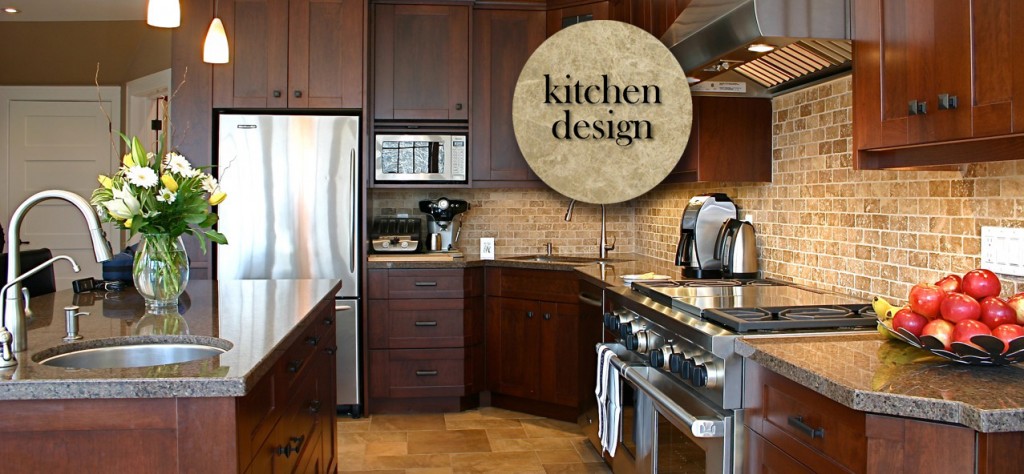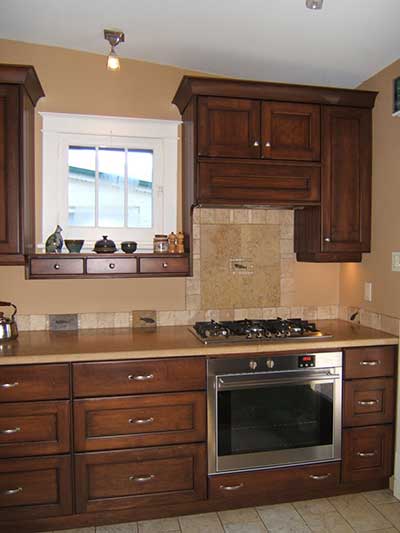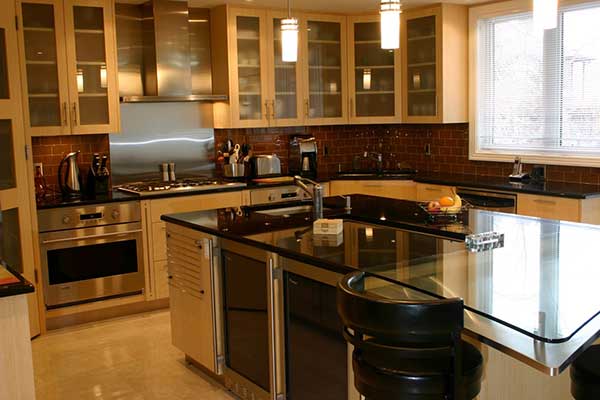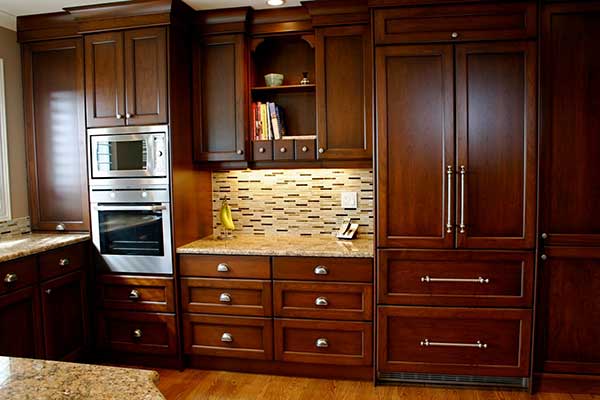By Susan Orfald for eatdrink magazine on May 21, 2013
When embarking on a kitchen renovation, one of the most important considerations is the type of appliances to be incorporated into the design.
Ranges, Cooktops & Ovens
One of the first questions — as it impacts the floor plan considerably — is whether you would like a range, or a separate cooktop and oven. If you frequently entertain and have the space, consider a range with an additional oven for cooking larger meals. This can also be an advantage from an energy conservation point of view, as you have an option to use a smaller oven when you’re just heating up a dish for a couple of people.
There are many sizes in ranges and cooktops. The standard size is 30” (usually four or sometimes five burners); the next size up is 36” with five to six burners; and a 48” size typically accommodates six burners and two ovens in a range. There are larger ranges available, if you entertain often or are a professional baker.
If you decide on a cooktop and oven independently, you must consider the height at which the oven should be installed. If located into a wall cabinet, lifting items out of the oven is easier and more convenient. The oven can be “banked” with other appliances such as a microwave oven, or a warming drawer. There are also “combi” ovens available that combine the oven, microwave, and even the warming drawer into one appliance.
When a wall oven is included in the design, it is conducive to more than one cook working in the kitchen at once, as it physically separates the appliances. A cooktop and separate wall oven would also be an asset in a wheelchair-accessible kitchen in terms of working at convenient heights.
You can also select a cooktop with an oven built below it, for a more built-in, streamlined look, without taking up additional wall space. There are a few additional appliances you may choose to consider in your planning: a steam oven, speed oven, or built-in coffee maker; these are all options that can be built into a tall cabinet.
Electric, Gas or Induction?
This renovated kitchen has a five-burner gas cooktop, with oven built in below, and an integrated exhaust unit above.
The other cooking decision to consider is energy: electric, gas or induction? Many people choose electric as it is more familiar, there are sleek designs, and they are easy to clean. However, they do take longer to respond to temperature, taking longer to heat up or cool down as you’re cooking. The majority of the renovations I do include installing a gas cooker. They are efficient, quick to respond to controls, clean and, as most people have a gas furnace, are not too difficult to install in a renovation. Many of the ranges available are “dual fuel,” which is a gas cooktop with an electric oven.
Induction is a fairly new method of cooking. It uses an electromagnet, creating electromagnetic field and using the pan as the heat conductor, and keeps the cooking surface safe to touch. Induction cooking uses the minimum amount of energy as it senses the size of the pan, and is very quick to heat up. With induction cooking, your pots need to be steel, enameled steel, cast iron or stainless steel. You can test your pots by seeing if a magnet will stick to the bottom.
Range Hoods
Another major design decision that will affect the kitchen design plan is what type of fume extractor (range hood) to use. The simplest hoods are mounted below the upper cabinets, above the range. They may be stationary, or have a pull-out that activates the exhaust. There are also chimney style hoods that make more of a feature of the cooking area. Materials used are typically stainless steel and glass. Downdraft exhausts are available when your cooktop or range is located in an island. A popular choice if you want to bring focus to a canopy or integrated hood is to build in an insert. The power unit would fit up into the canopy and be exposed on the bottom only.
Refrigerators
The refrigerator is typically the largest appliance in the kitchen and requires careful consideration. What are your requirements in terms of family size? Do you have additional fridge or freezer space in another area of your home? What configuration is most convenient? I discuss with many customers the advantages and disadvantages of various styles and what their past experiences have been. I personally prefer either a bottom mount freezer, as the fridge portion is used more often than the freezer, or a French door style that has the freezer below and two upper doors on the fridge. This latter option is especially convenient if the space in front of the fridge is limited.
When selecting a fridge, rather than taking the square footage of the fridge into consideration, look at the amount and size of shelf space the fridge accommodates. If you are opening up the kitchen to a dining room or family room, it may benefit the overall appearance to have integrated appliances, with the fridge panels and hardware match the rest of the cabinetry. This can also be an asset in a smaller kitchen, so the fridge does not become a focal point. Larger kitchens can accommodate a hospitality area (a “servery” area for food and drinks), that can include a beverage fridge, icemaker, or wine cooler.
Other Appliances
The dishwasher is typically located next to the sink for ease of clean-up, or close to cabinets that you will store the dishes in. The dishwasher is another appliance that I often recommend be integrated so that the panel blends in with the rest of the cabinetry.
As previously mentioned, the microwave can be located above a wall oven, combined as a microwave/rangehood option (if space is limited), in a wall cabinet built to accommodate the microwave, or below the counter. This is the least efficient place, although there are microwave drawers available to make this location more effective.
Thought needs to be given to storage space for smaller countertop appliances such as blenders, juicers, coffeemakers, toasters, mixers and bread makers.
In this age of technology there are even appliances that you can program or control from your smart phone. When making your selections, do your research and find out which appliances are best for you and your kitchen design, taking into consideration functionality, energy efficiency and longevity.
SUSAN ORFALD is an Interior Designer with Hutton Bielmann Design Inc.




